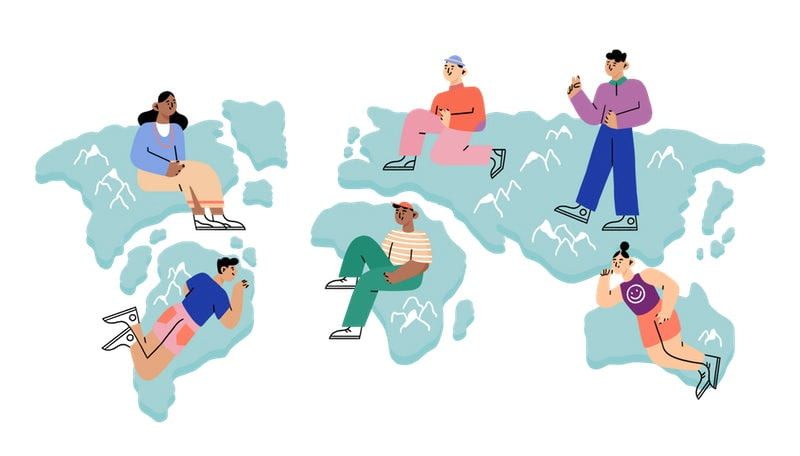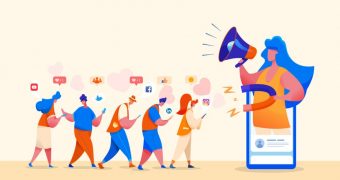When you think about the lives of freelance designers, what comes to mind? Maybe it’s creative people traveling the world, setting up a laptop in exotic coffee shops, working with a backdrop of turquoise waters or magnificent mountains—all while paychecks reach their bank accounts seamlessly. But the impact of globalization on the design industry and the lives of freelancers is so much bigger than that.
This imaginary idea of the freelance design life is one of autonomy, mobility and confidence. But how far is this from reality? It’s not too far off, but it’s only part of a much larger picture, according to the recent 99designs report Design Without Borders: The Future of Freelancing.
Globalization in design has a huge impact on the whole industry and creates unique challenges and opportunities for freelance designers.
After surveying over 10,000 freelancers, we discovered how design has truly become a global industry driven by an international talent pool of freelancers looking for career and creative freedom. We learned about designers’ day-to-day life; the financial, practical, technical aspects of doing work; and what needs to improve in the industry to make work better.
The industry is changing. Read the full report.
Get a glimpse of who’s freelancing, their challenges, and their predictions for the future.
In this article, we’ll explore what life is like for freelancers around the world right now. What’s the impact of globalization? What are the current benefits of freelancing? What are the challenges? And what does the future hold for the freelance design life?
The office is where the wi-fi is
—
Globalization has dramatically expanded access to international markets and clientele. Freelance designers work in countless industries with brands and businesses of all sizes—from solopreneurs and small businesses to creative agencies and large corporations. The ability to freelance virtually has greatly transformed where designers choose to work and live. In fact, 43% of freelance designers have lived and worked abroad. There is a reason that the phrase “digital nomad” so popular: people across various fields are rapidly embracing this lifestyle, especially freelance designers.
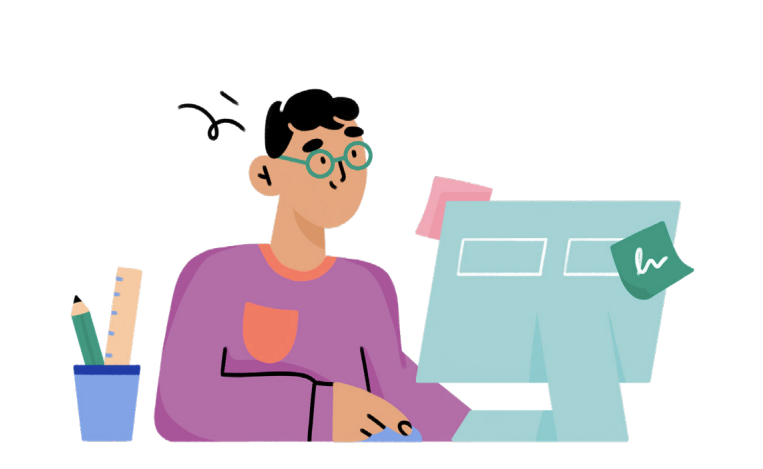
Millennials have had an undeniable influence on global work culture and have made self-employment the new normal. A majority of designers under 30 (52%) leave their agency jobs after two years, much earlier than previous generations. This shift has created many more viable opportunities, which has made freelancing less risky and more common.
The rise in freelancing coupled with the rise of internet technology has given designers the option to work without being attached to a physical workspace. About 85% of freelance designers currently work with clients outside of their own time zone. It’s now possible to travel the world and take a client meeting next to taco stand with wi-fi.
The key word here is “possible.” Designers choose freelancing not because it’s easy or perfect but because it makes certain things possible.
I’ve been traveling the world for the past year and that wouldn’t be possible without freelancing.
The most attractive part of freelancing is undoubtedly freedom and flexibility. And it’s paying off: over 75% freelance designers are satisfied with their current professional situation. For many, it’s paying off literally. Nearly one third of freelance designers are making more money than they would doing the same work somewhere else. Plus, more than one third of designers are able to take at least two vacations every year.
It’s “9 to 5” somewhere…
—
Work-life balance is an important part of any job. But when it comes freelancing, you’re pretty much on your own. Finding clients, managing projects and delivering work—everything’s on you, so work-life balance to master with time and experience.
Freelancing gives designers the ability to self-manage the time they spend working. And this is not an easy task. There’s very little to suggest that freelance design work is anything less than full-time design work. In fact, our report revealed that freelancing often exceeds the hours required by traditional full-time work. An estimated 40% of designers reported that they freelance over 40 hours a week, while 17% freelance to supplement their existing full-time day job.
By and large, freelancing is very much a main gig that requires full-time attention with the possibility of a flexible schedule. This can be particularly liberating for those who live in time zones away from lucrative clients, but also designers who feel more productive in non-traditional hours, like night owls, parents and designers with other day jobs.
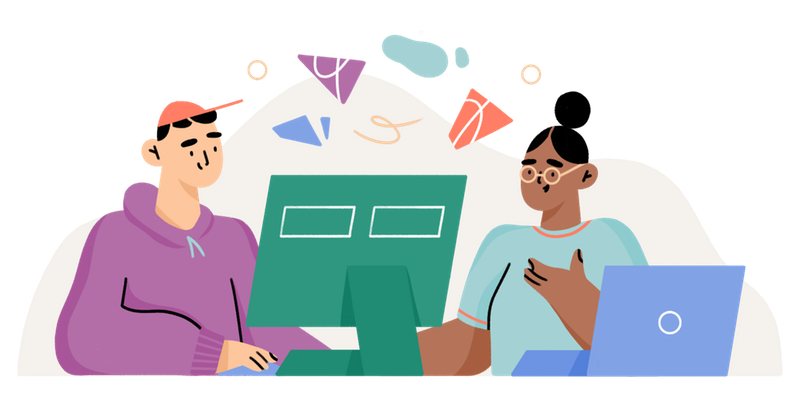
Despite the flexibility, many designers described separating work and life as one of their biggest challenges. Making your own schedule and working without the watchful eye of peers or management can lead to issues with procrastination and having to overwork before deadlines.
It can be hard to set hours and boundaries that keep your work from being on your mind every day and night. Waking up and going to an office divides your day in a way that sets healthy boundaries, which can serve as an example for freelance designers who choose to start and end freelance work at the same time every day.
The freedom and challenges of being your own boss
—
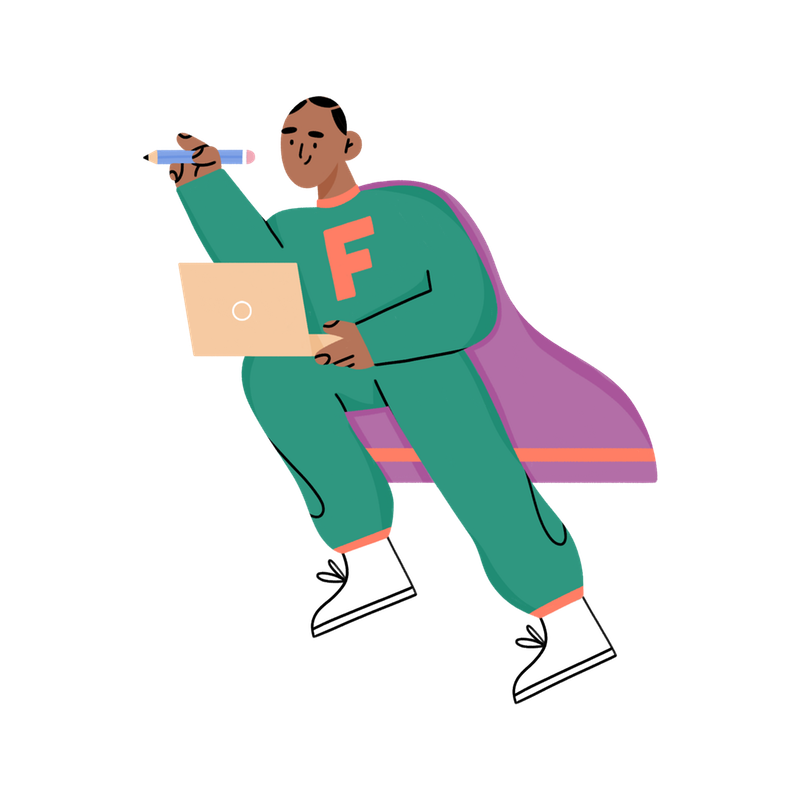
Designers love being untethered to companies, agencies, schedules, lifestyles and expectations. In fact, just a sliver (5%) of them are freelancing out of necessity. From finding clients to completing projects, freelancers control every step of the work process, which allows them to select what they would like to work on and the types of clients they want to work with. They can choose projects that diversify their portfolios or focus on becoming a specialist in their field.
The freedom to work that freelancers have can be a great way to manage workload, but it also creates a number of challenges. Because work tends to be project-based (as opposed to a month-to-month paycheck), freelancers face the possibility of too many projects and the risk of not finding viable projects at all. In fact, 37% of designers report that they have a hard time connecting with new clients.
Digital freelancing platforms like 99designs have created and expanded working opportunities by making the process of finding quality freelance work remarkably easier. More than 84% of freelance designers have an account on one or more freelance platform. Over half of designers (57%) reported that online platforms are their primary source for client acquisition, while referrals (24%) and social media (11%) are also vital channels.
Because of the growth of creative platforms, brands now have direct access to more culturally competent experts to help them expand their creative repertoire and reach new global markets. The wide range of companies seeking specialized work from creatives has made upskilling more important than ever. A majority of designers are continuously learning throughout their careers, and nearly half of designers list “the opportunity to learn new skills” as one of the best things about freelancing. And what used to require substantial investments in both time and money is now much more feasible thanks to technology and online learning.
Dealing with clients individually also comes with the power to set your own rate. As designers gain more experience and work with more clients, this can lead to much more profitable results than being tied to one agency. Nearly a third of designers (31%) say they make more money freelancing than if they worked somewhere else.
However, as more and more designers join the freelance ranks, competition can lead to looser rules about how and when designers would like to get paid: 34% of designers reported that they don’t believe they’re being paid what they’re worth, 26% said they struggle to collect payment and 24% have trouble negotiating rates.
The future is design without borders
—
What does the future hold for the changing face of freelance design life? The majority of designers (78%) say they’re satisfied with their current professional situation, though many (65%) admit that things still need to get better.
While the driving force for freelancing is freedom, the industry is changing, and both clients and creatives are trying to find their place in it. As technology continues to transform how we work, there’s now a multi-talented, creative workforce spread around the world that is committed to learning and adapting to any challenge it may face. With their digital savvy and global awareness, designers will be well-equipped to take charge of the future of freelancing. Their flexibility and creativity empowers them in an unpredictable industry that continues to evolve.

